
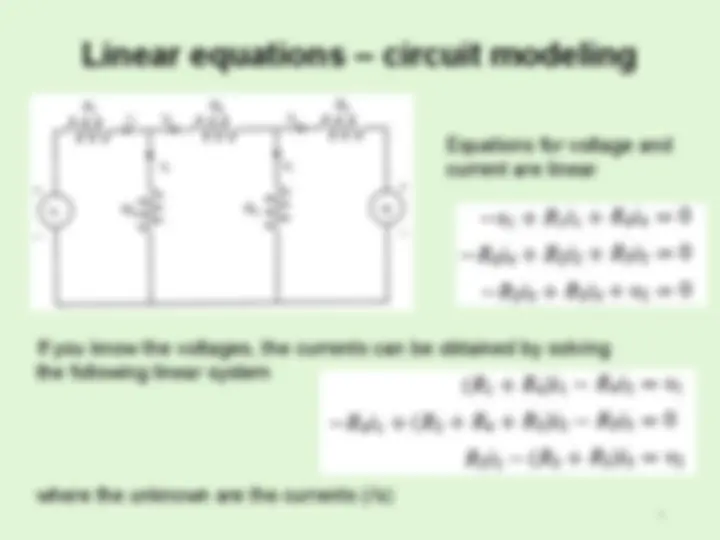
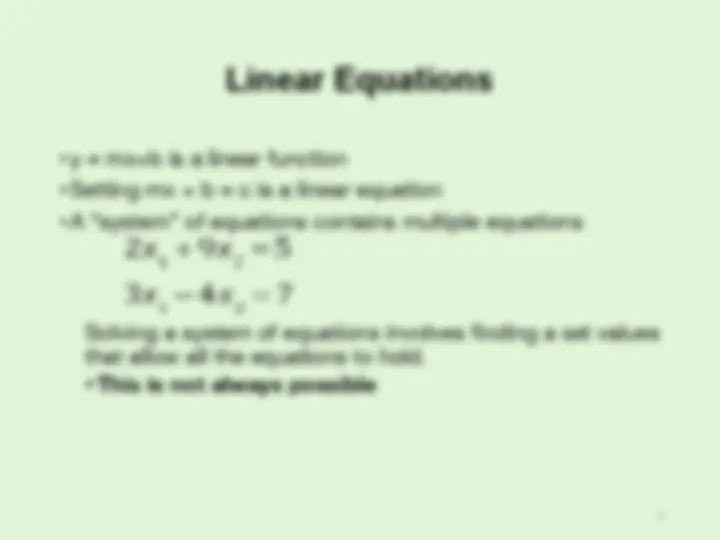
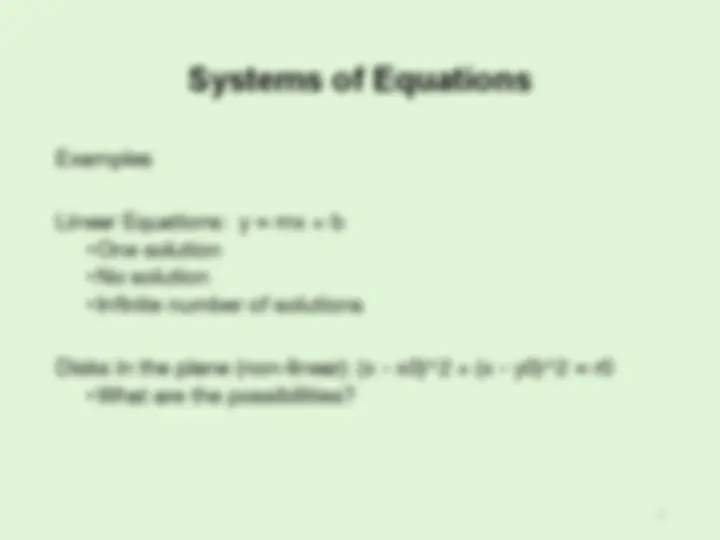
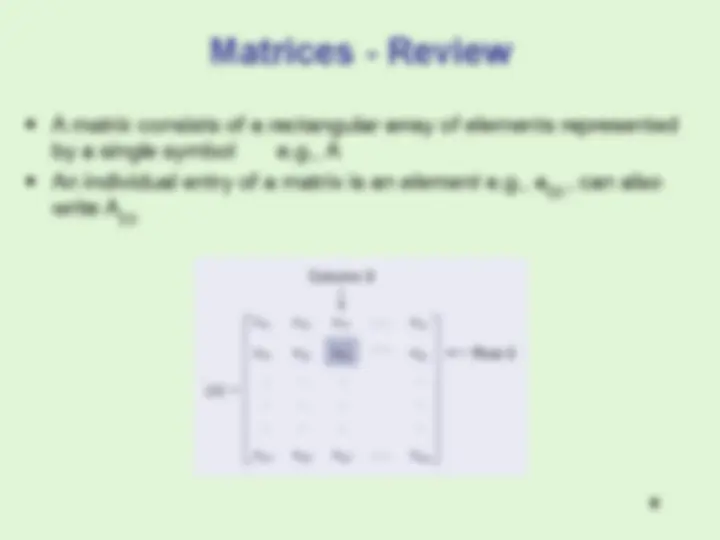
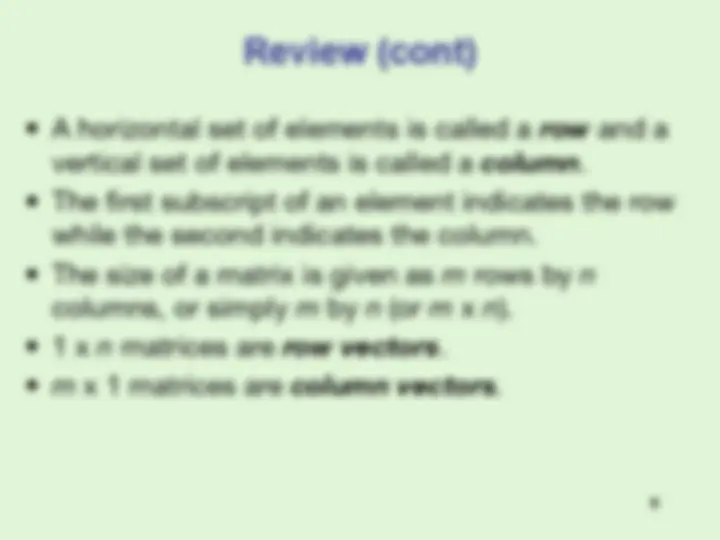
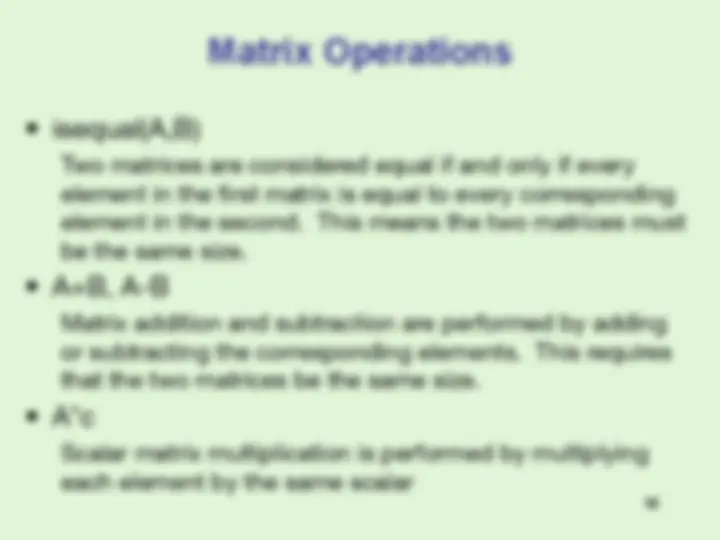
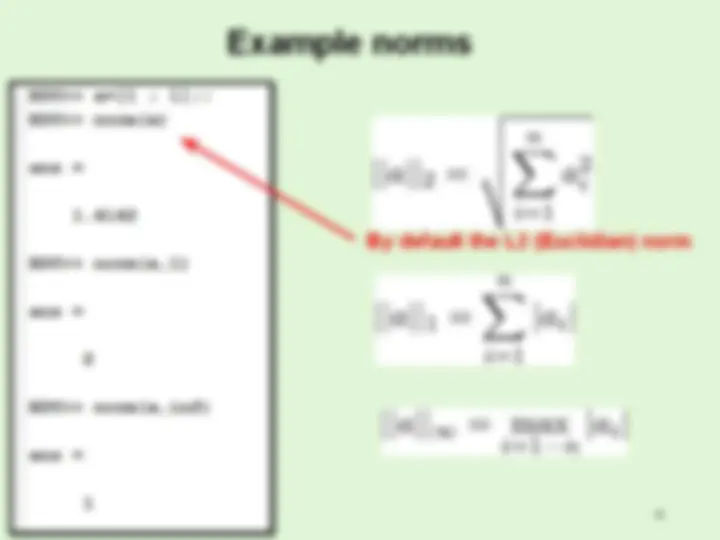
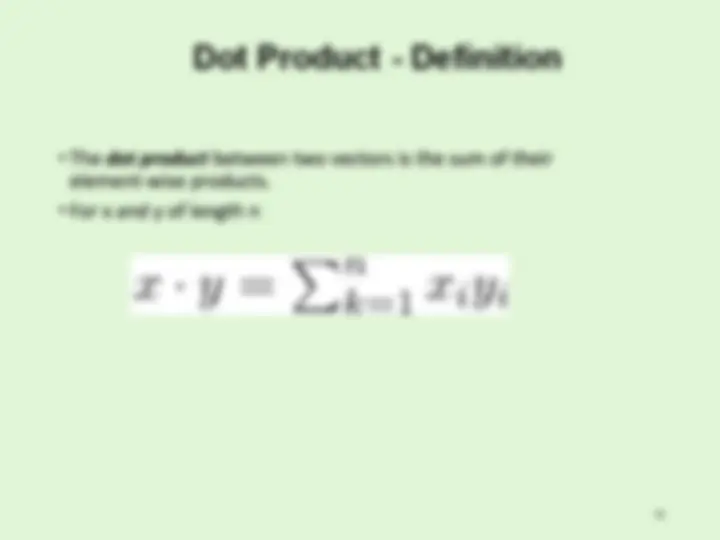
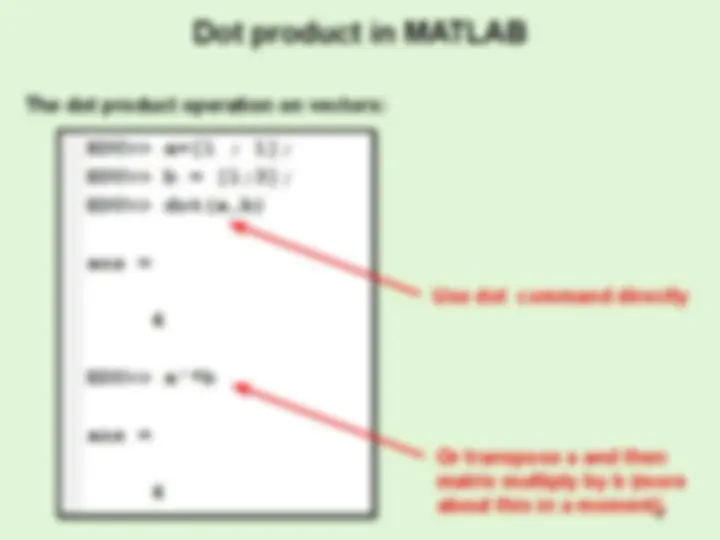
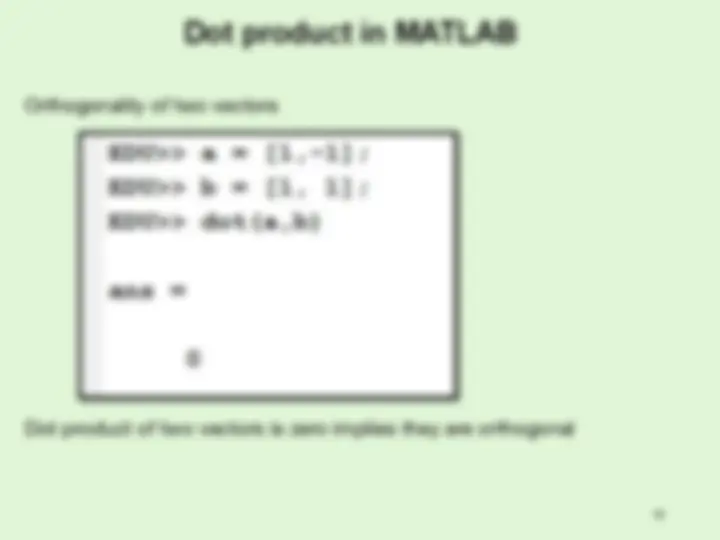
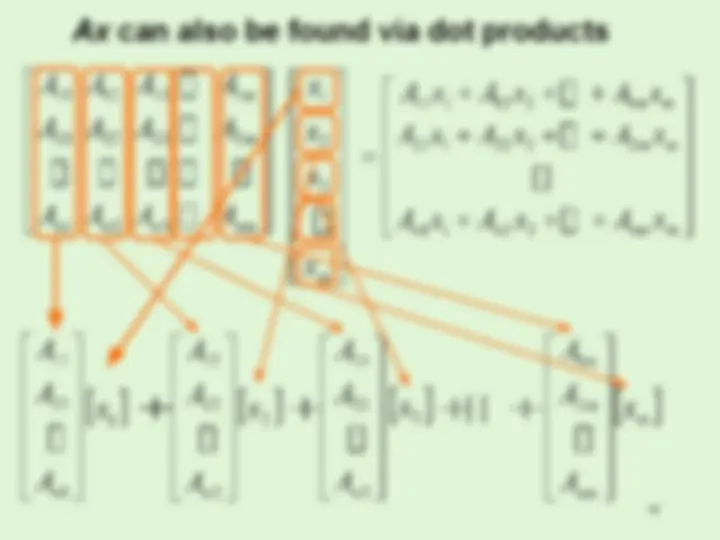
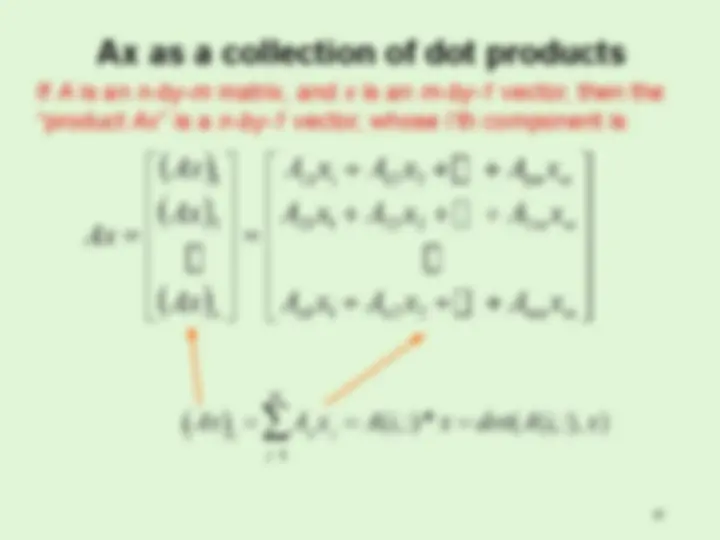
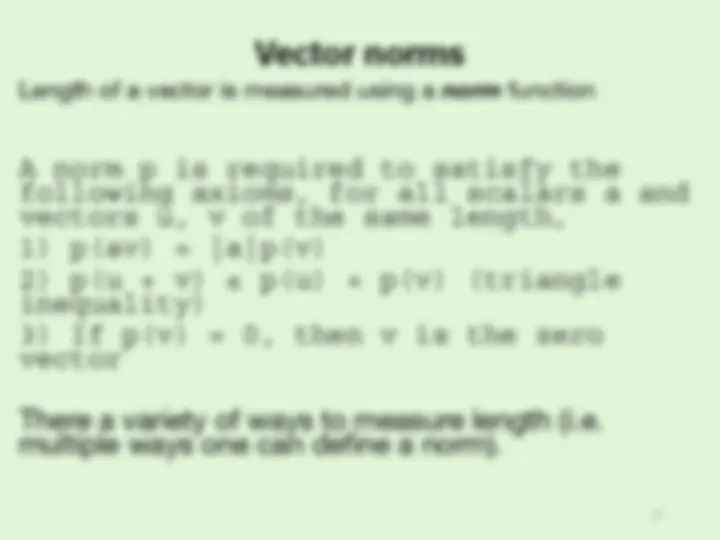
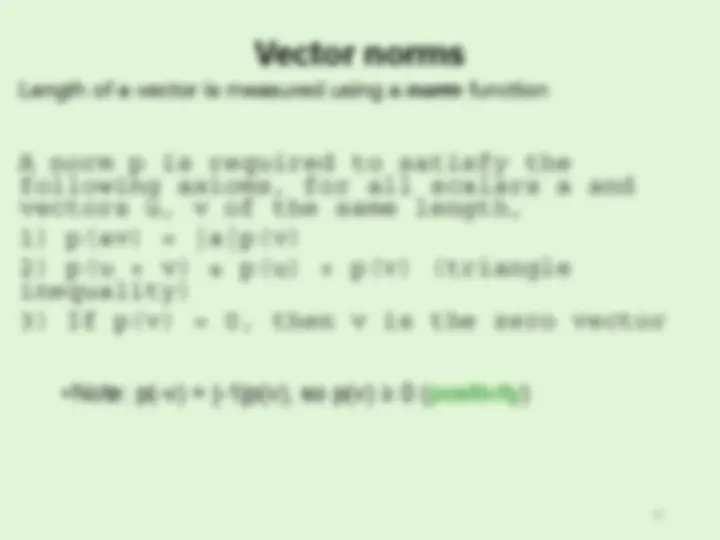
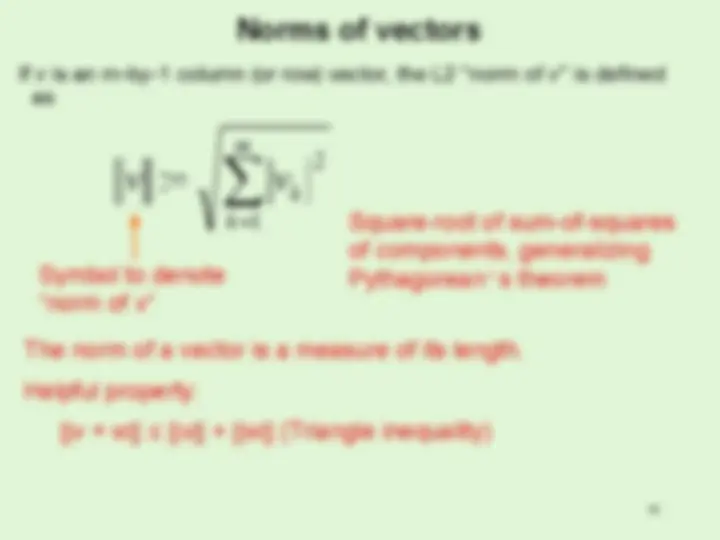
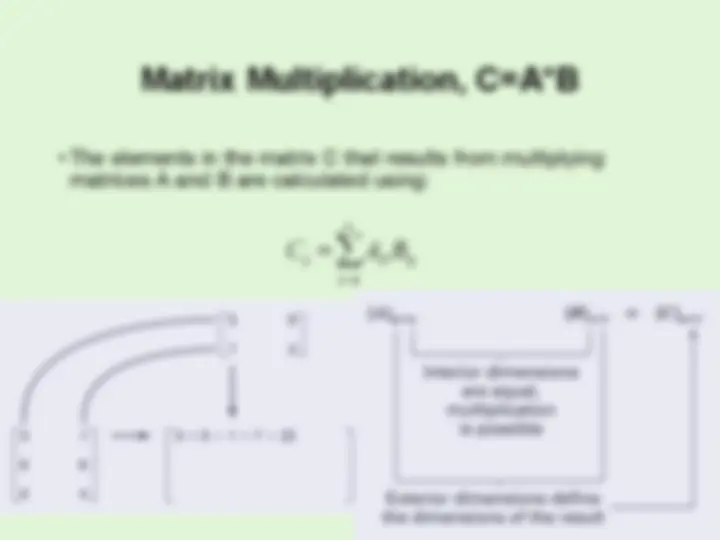
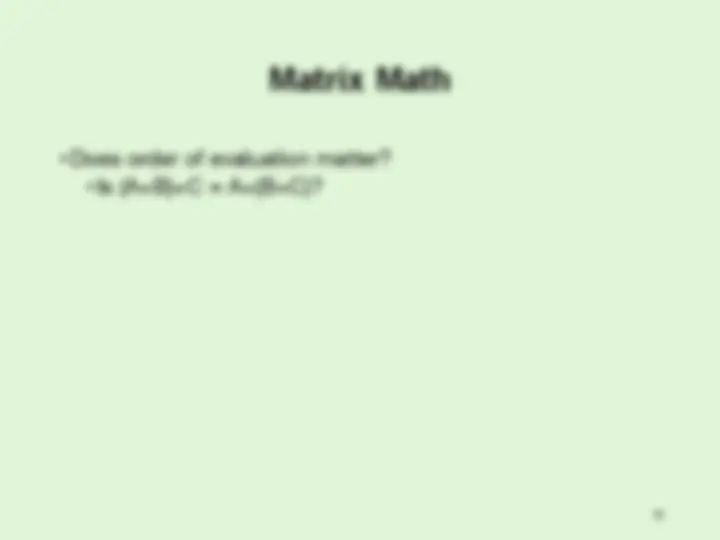
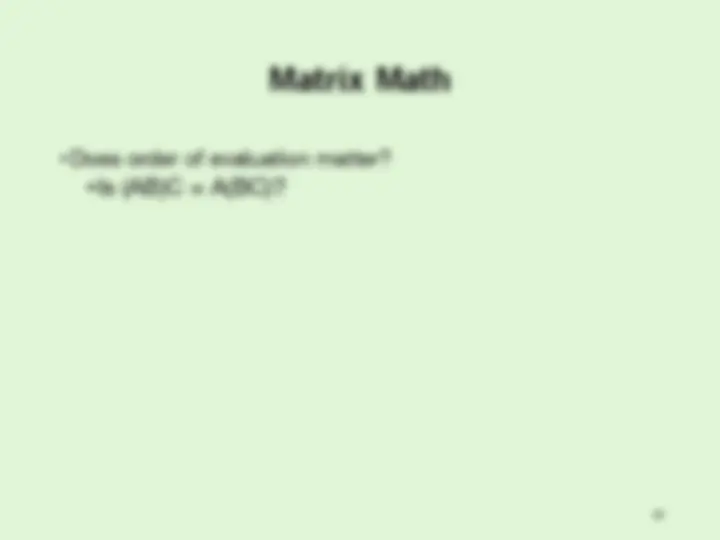
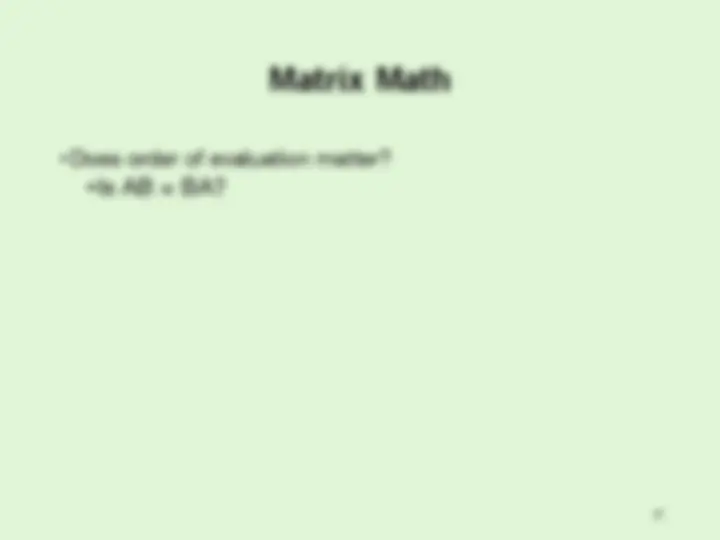
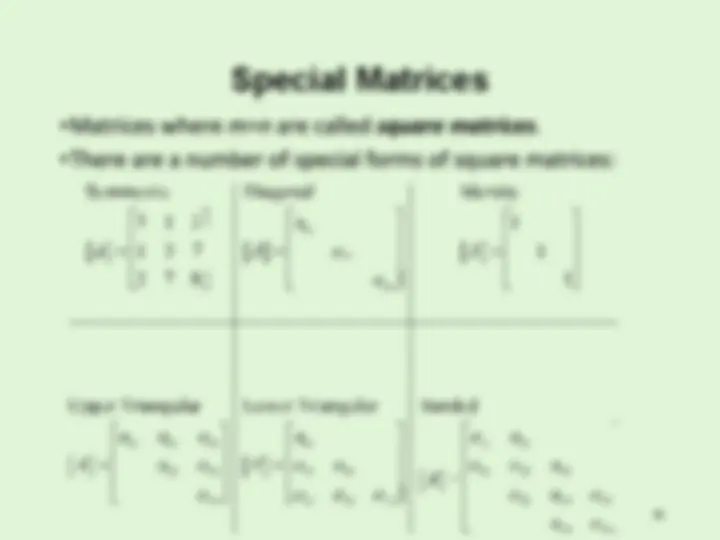
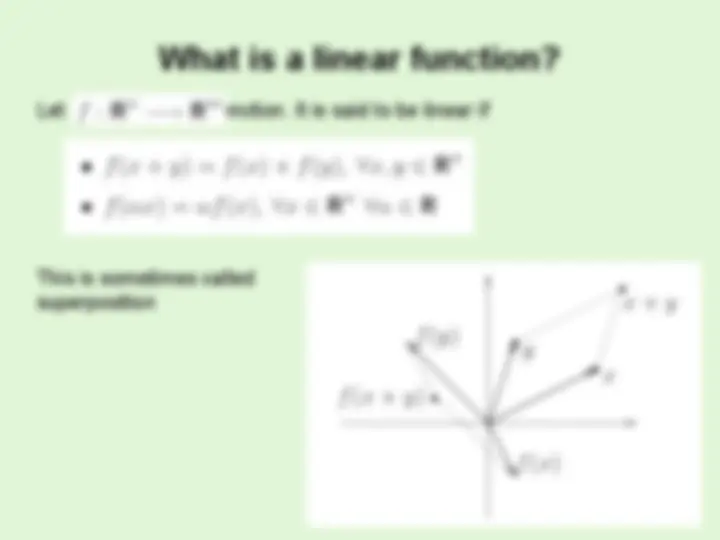
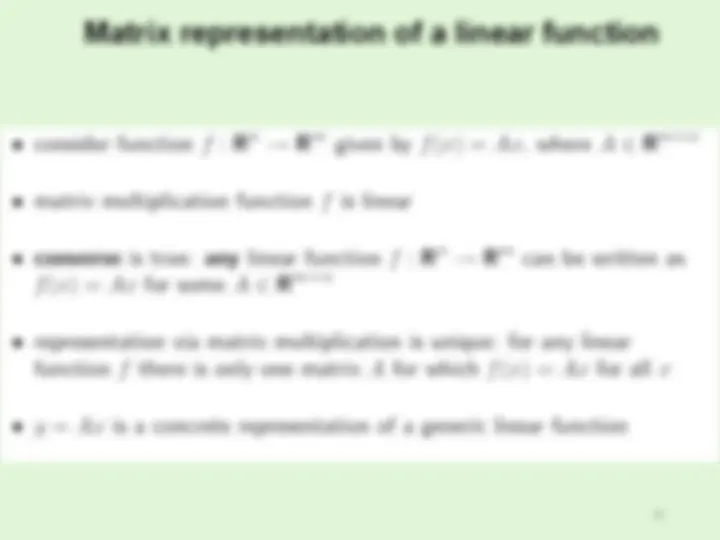
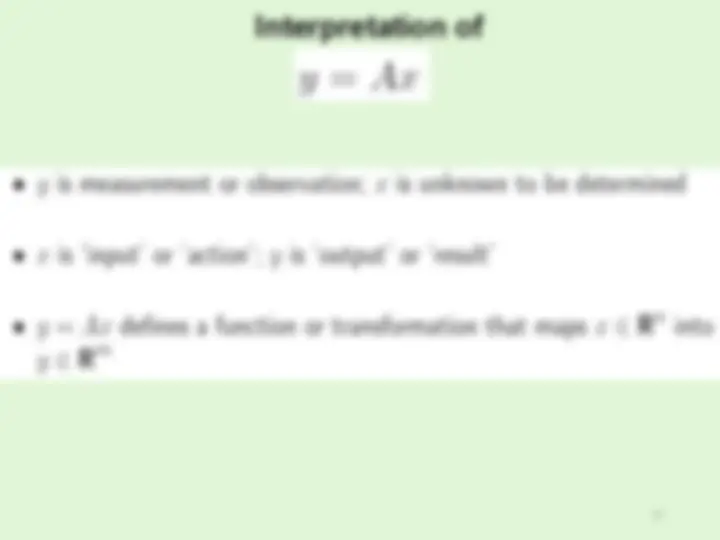
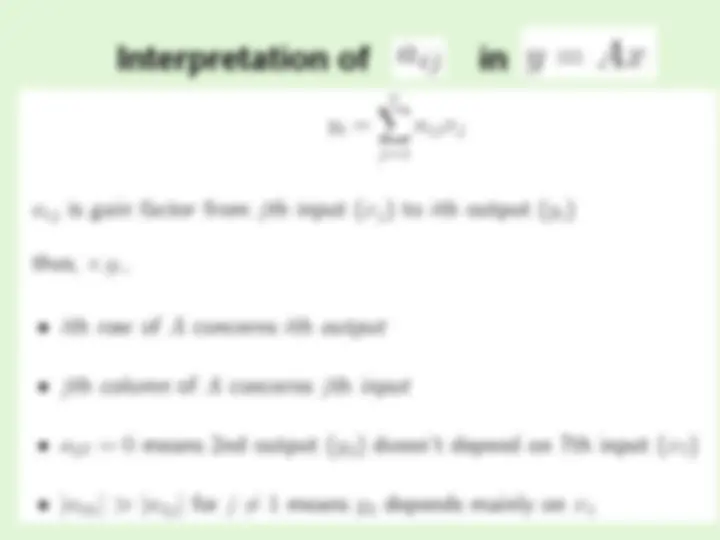
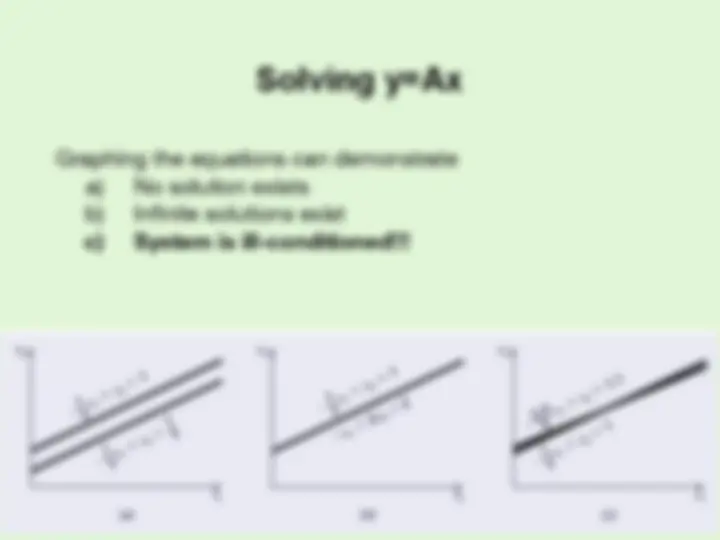
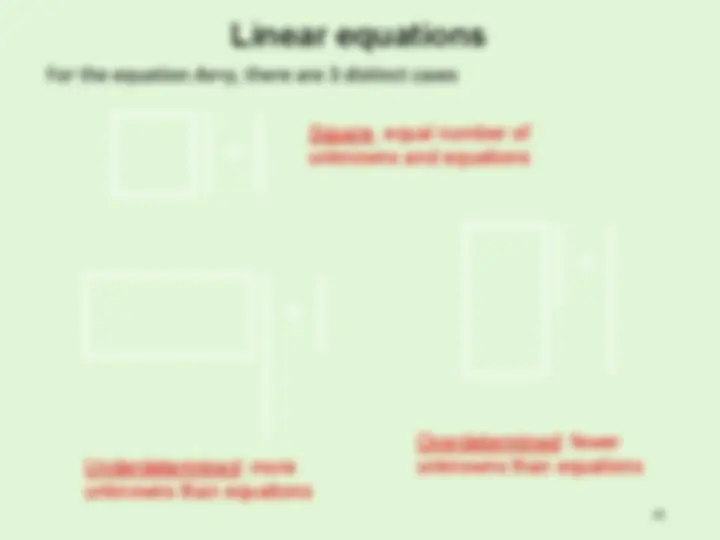

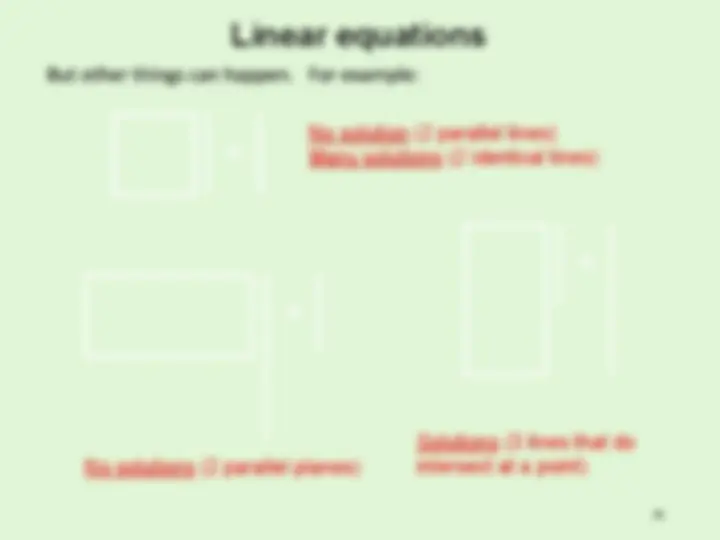
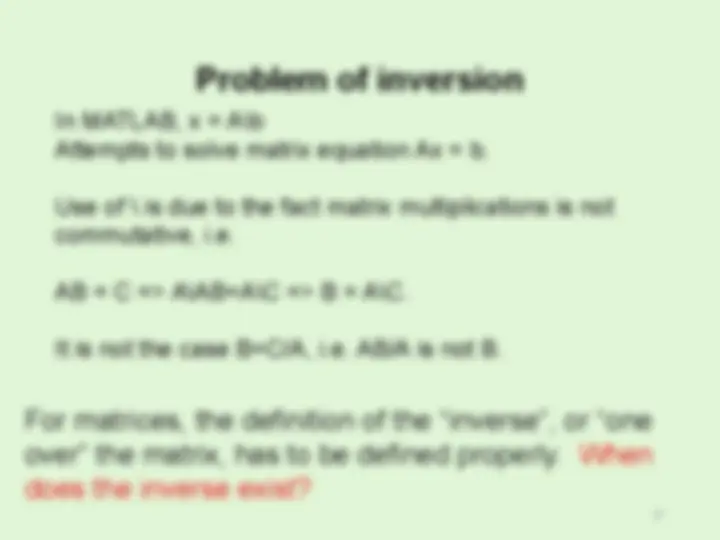
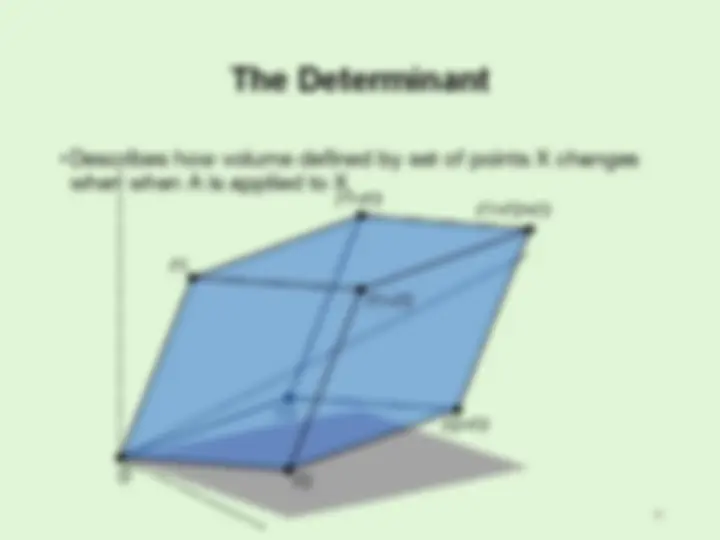
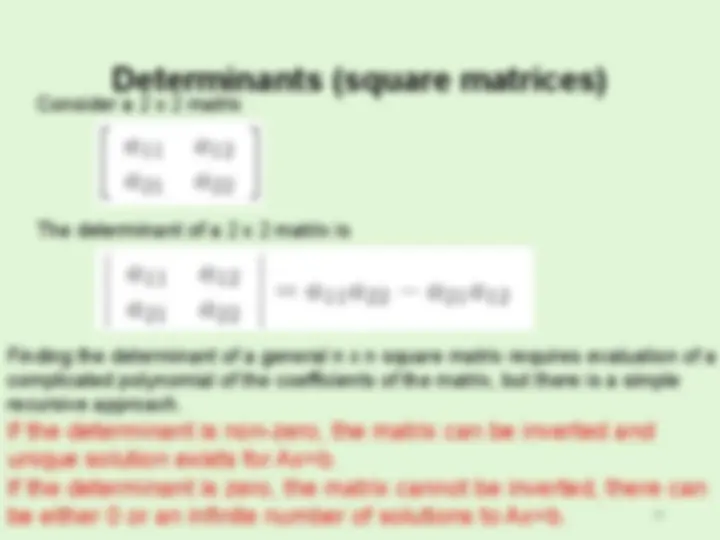
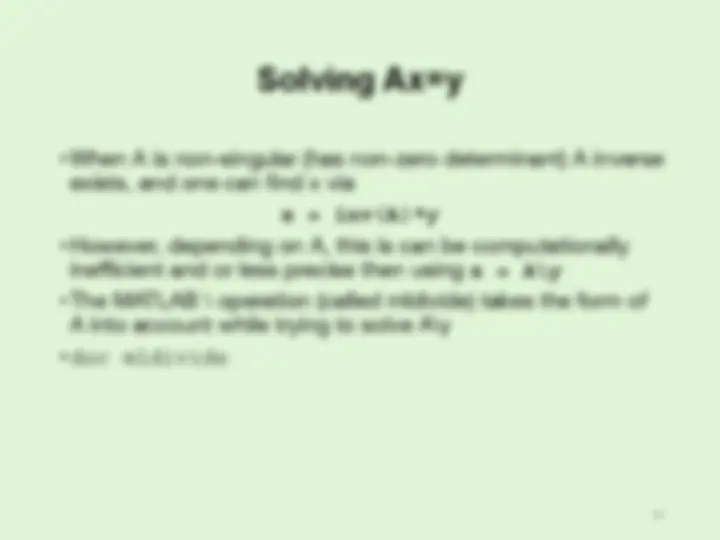
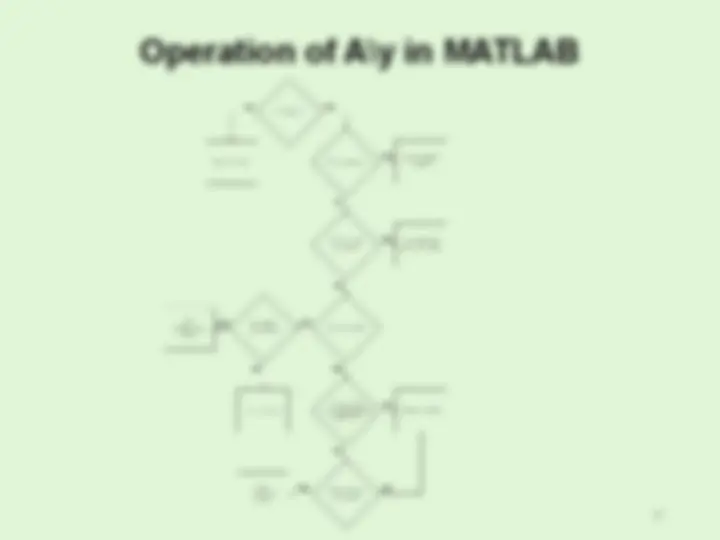
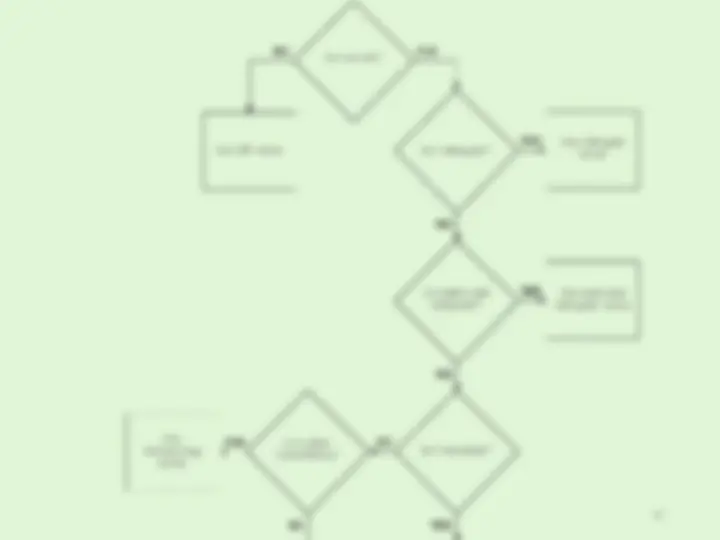
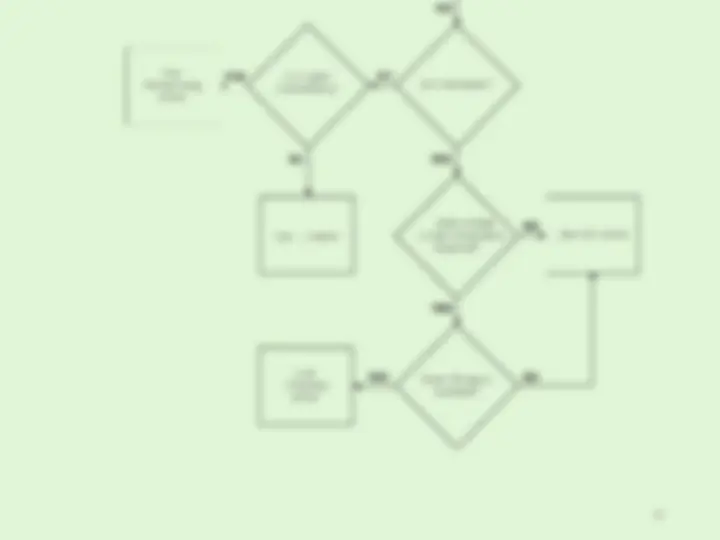
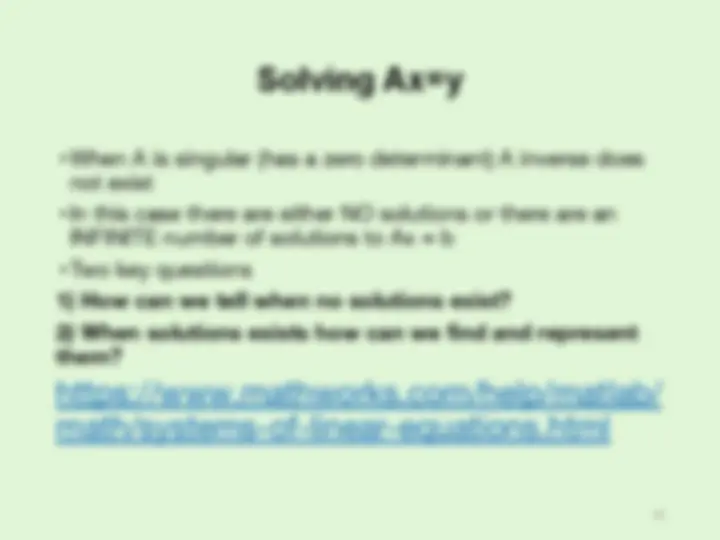
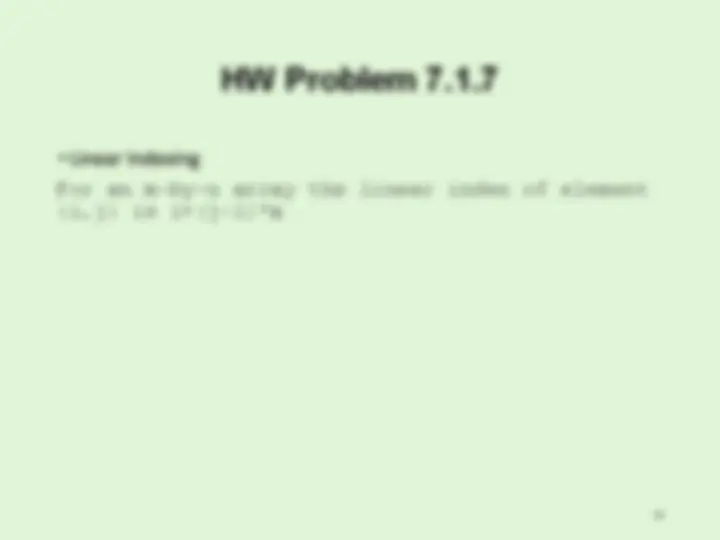



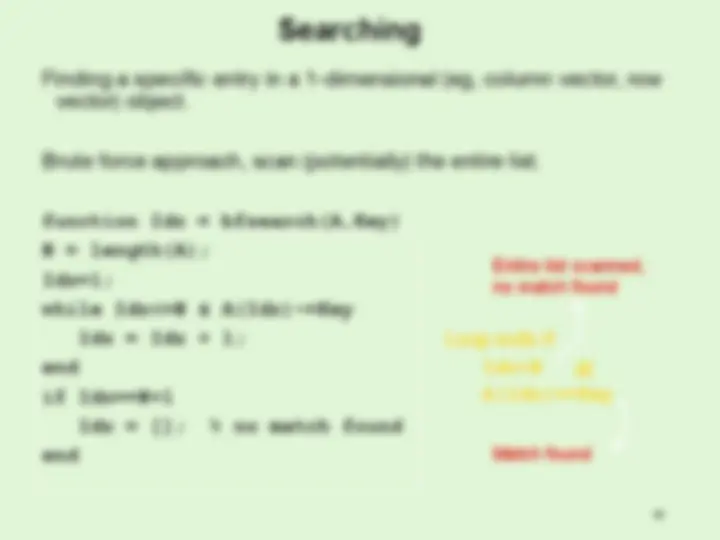
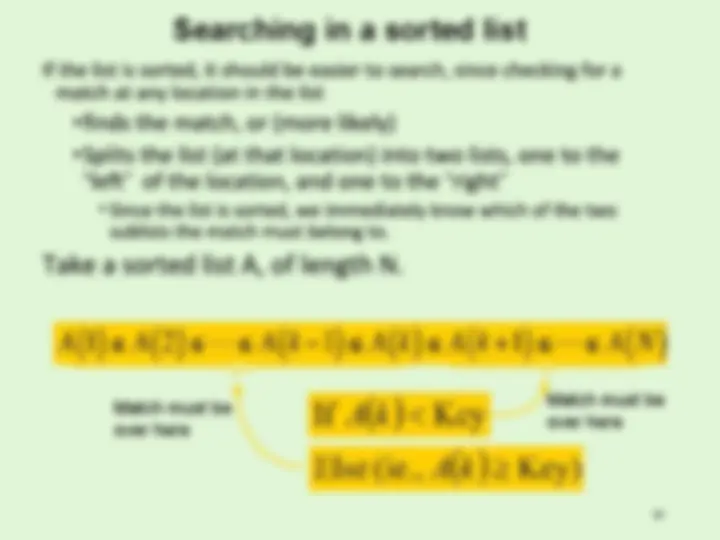
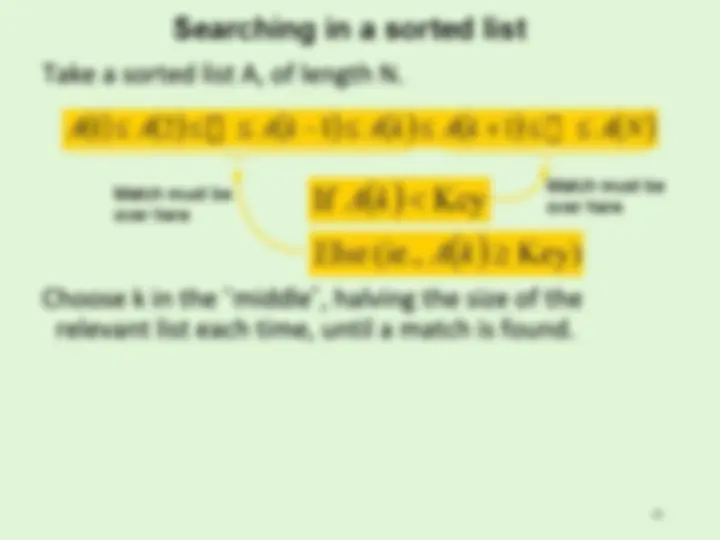
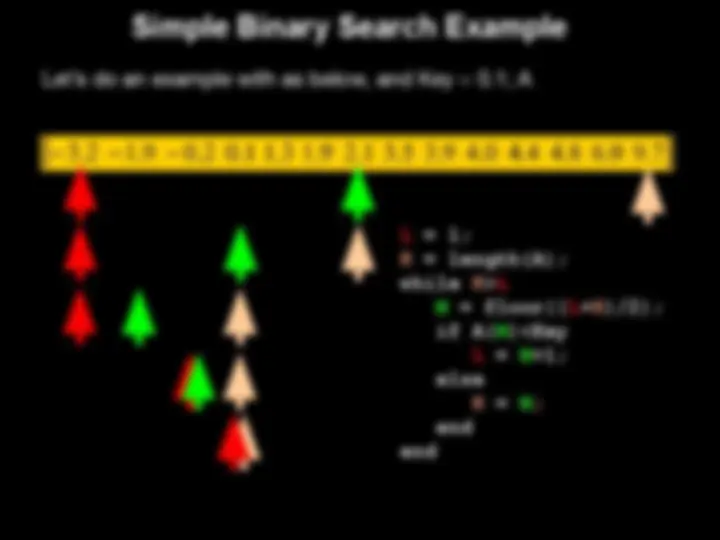
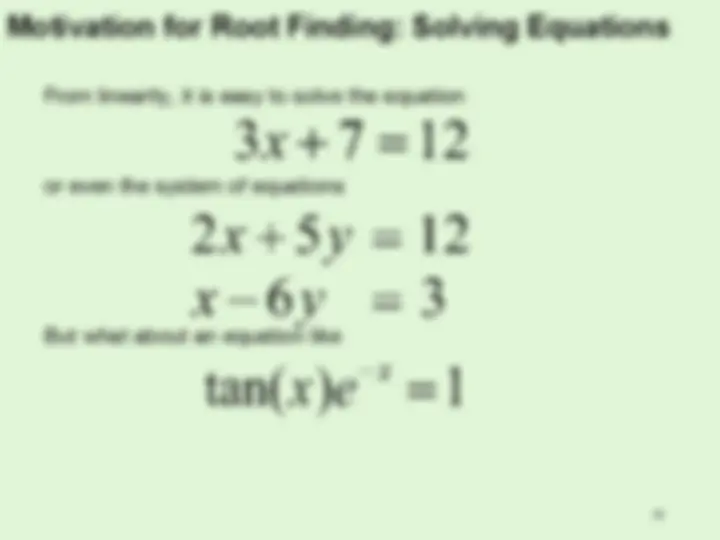
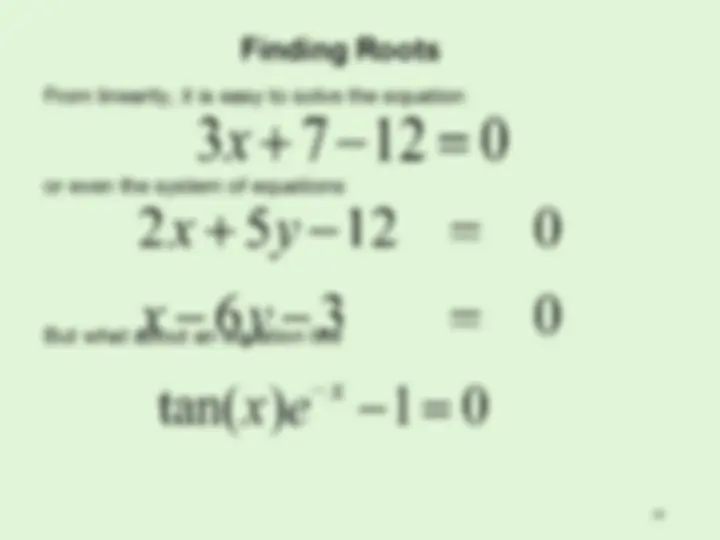
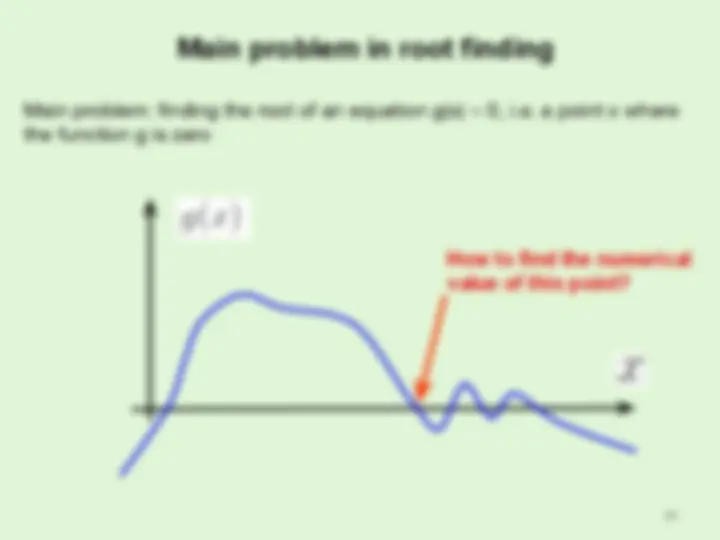
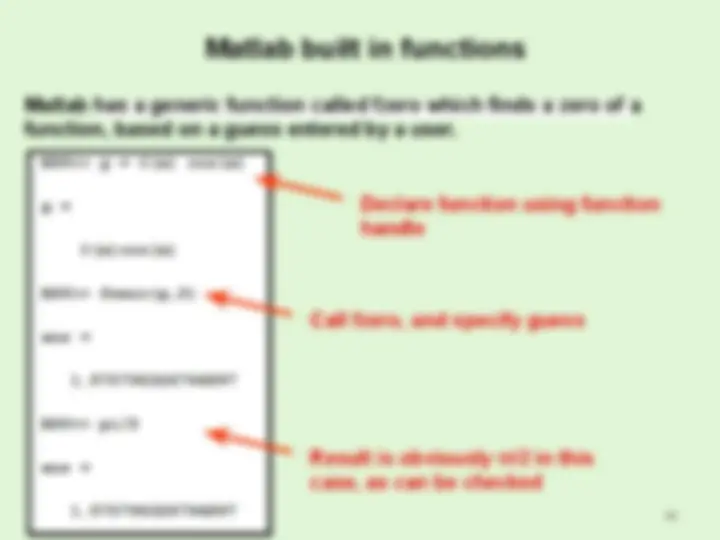
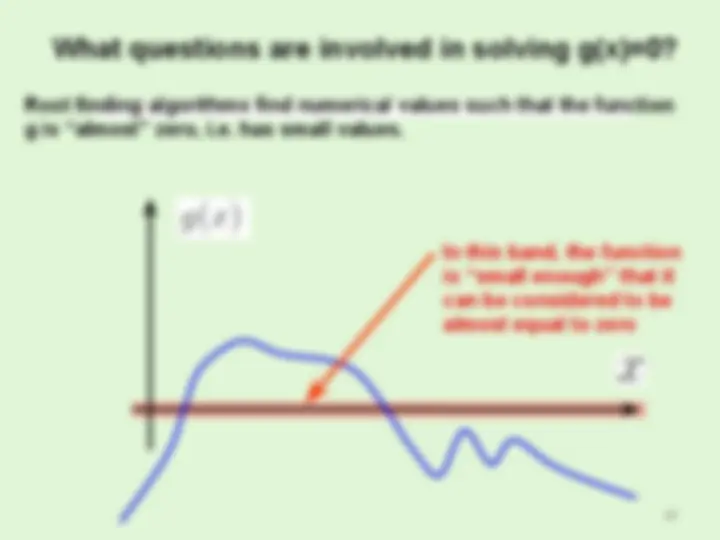
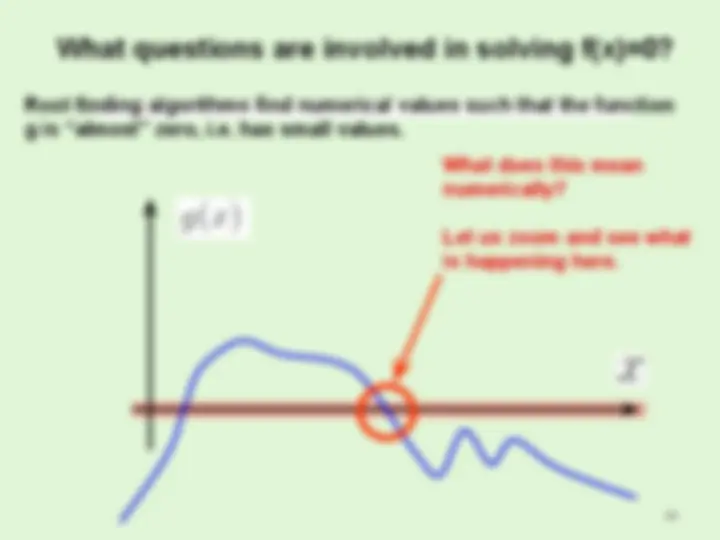
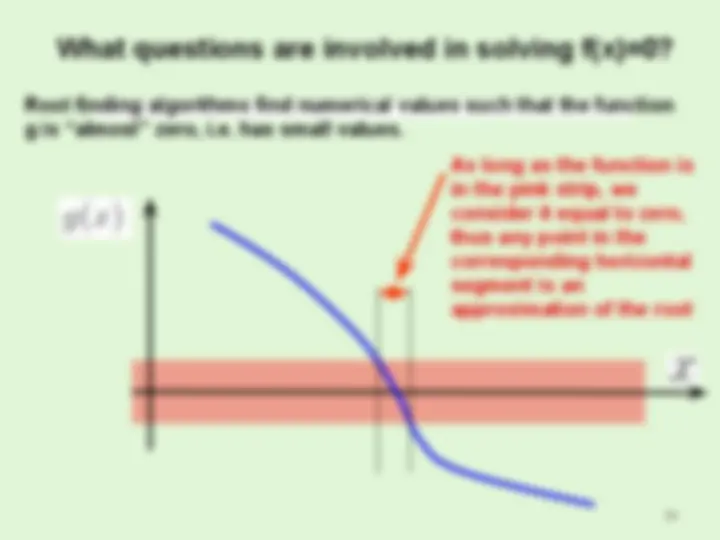
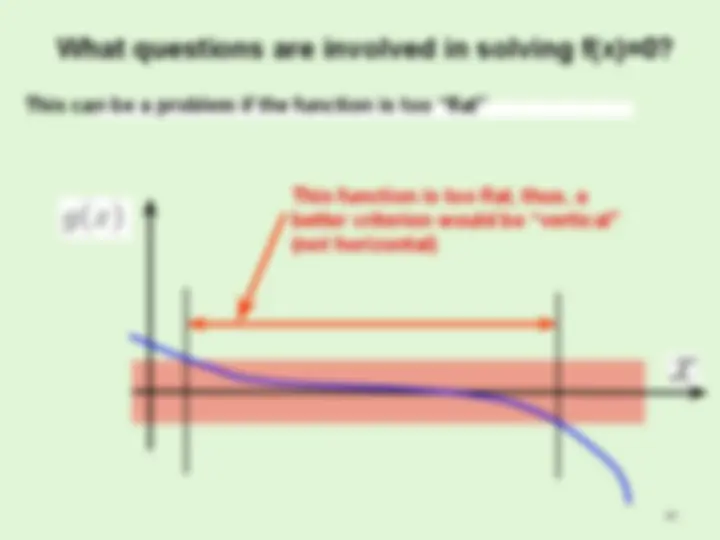
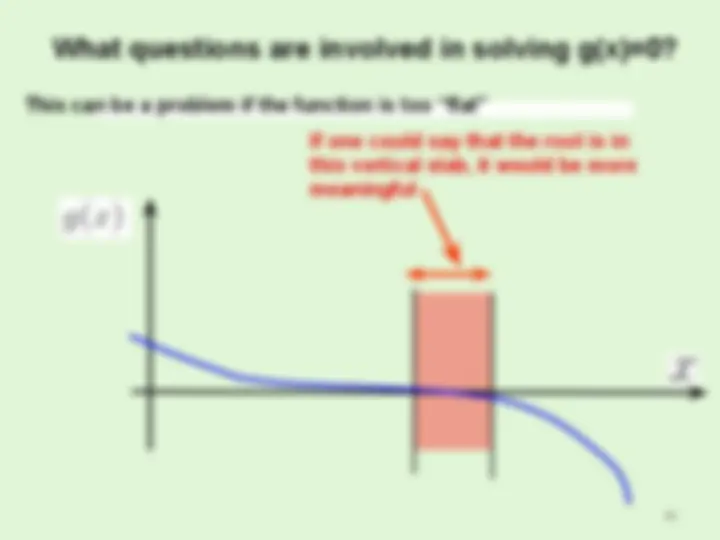
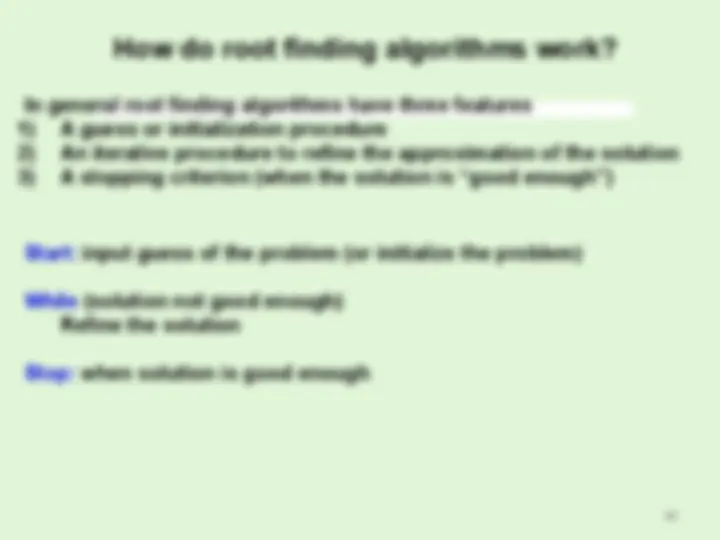
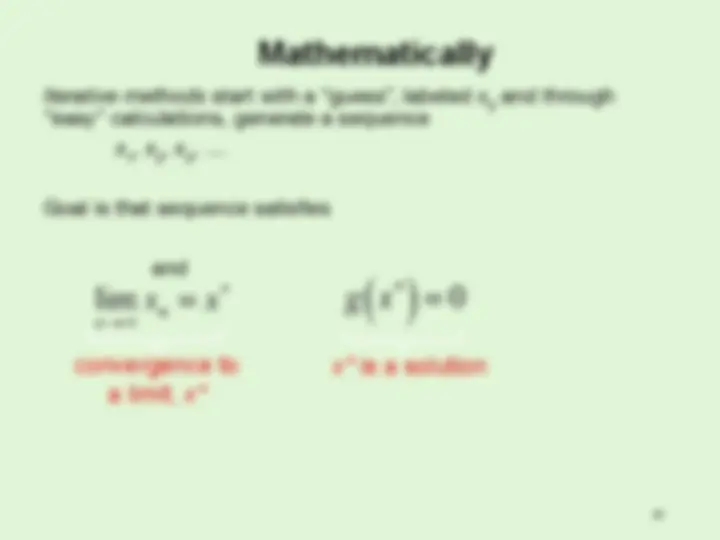
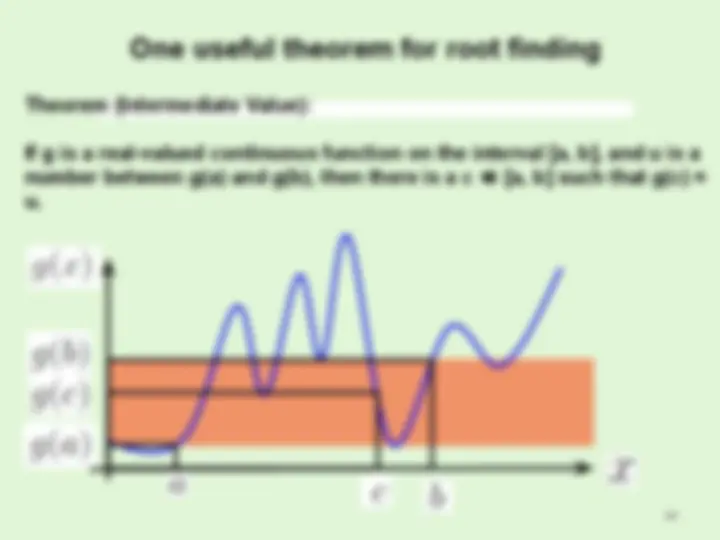
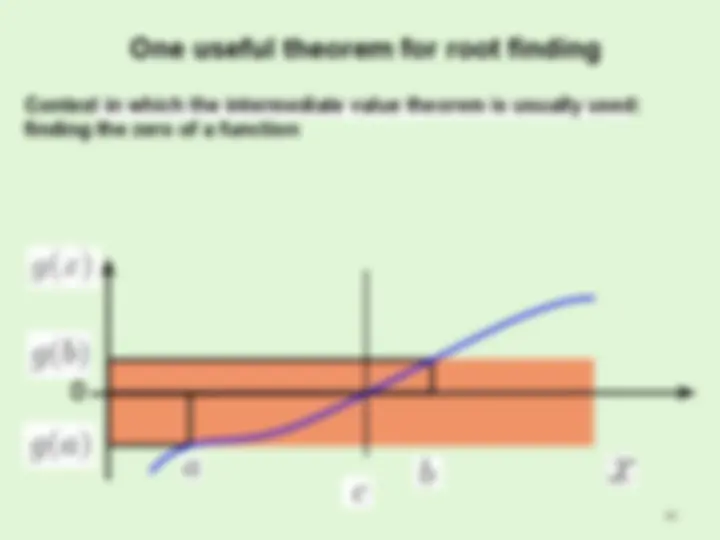
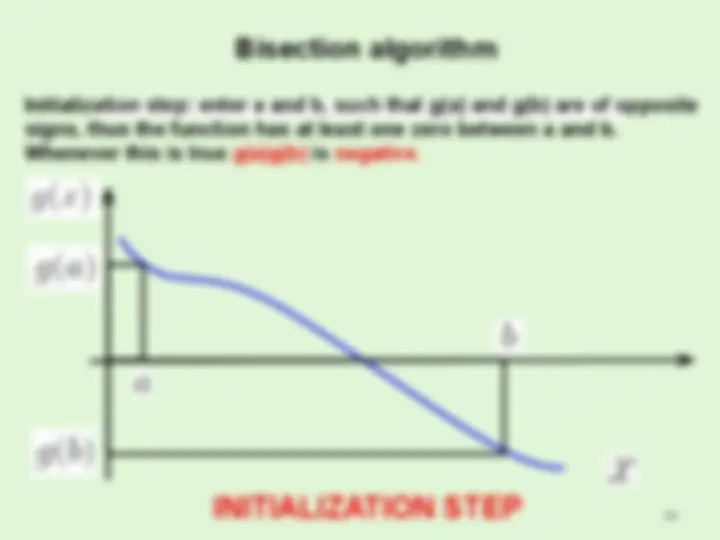
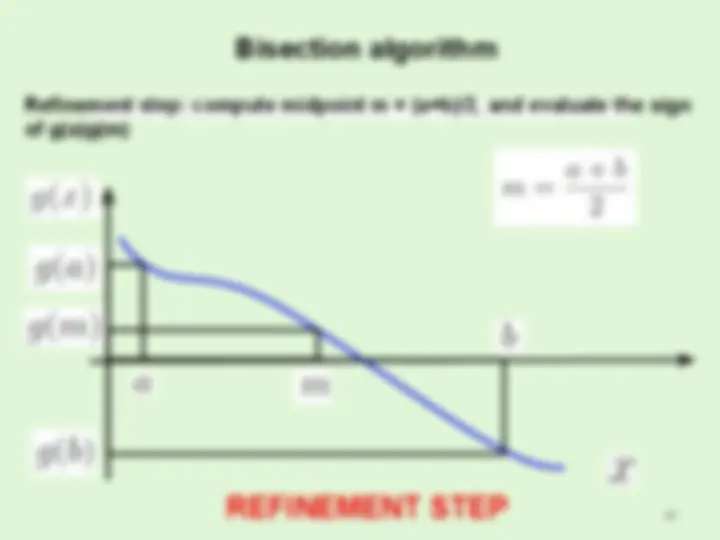
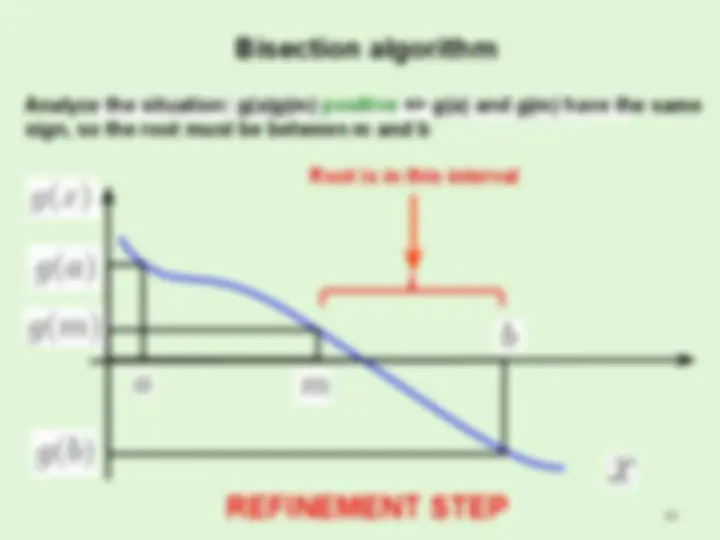
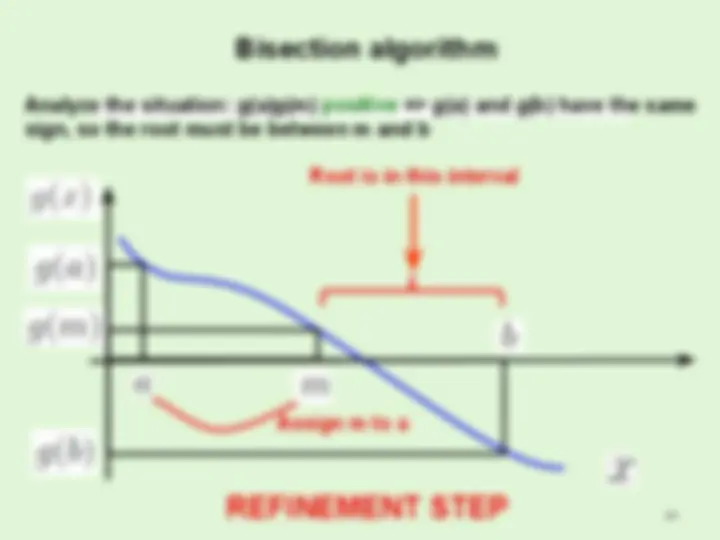
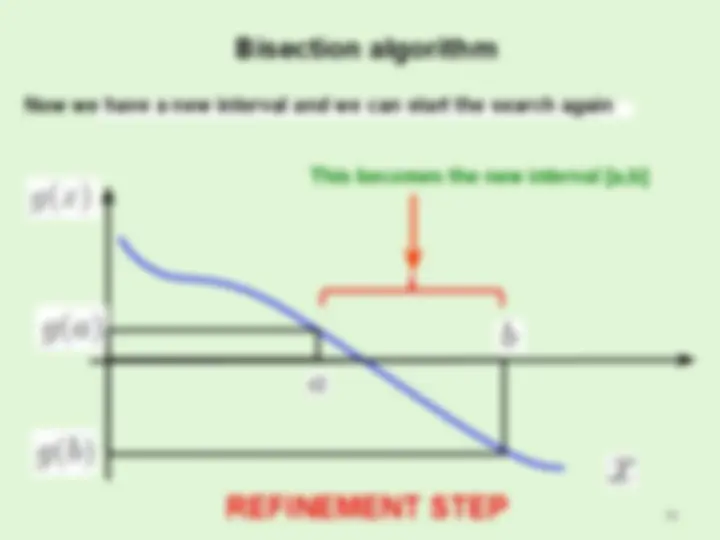
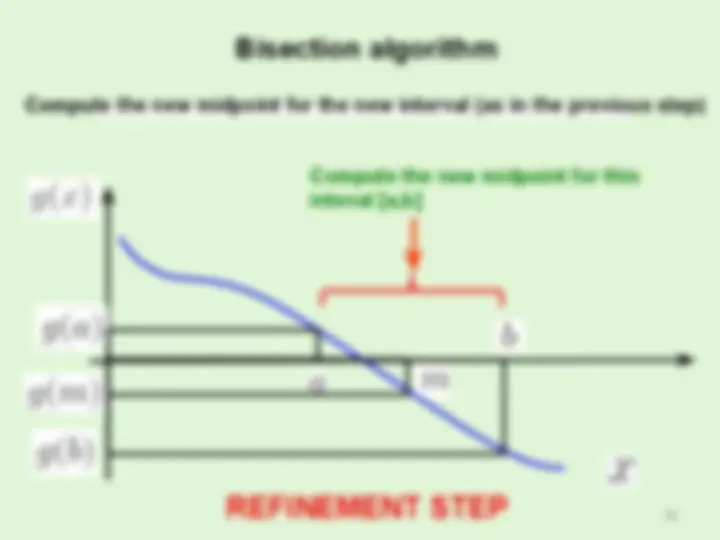
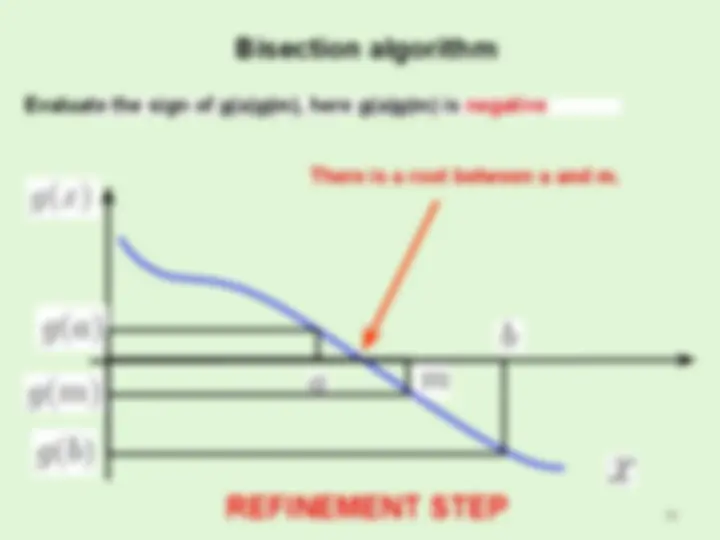
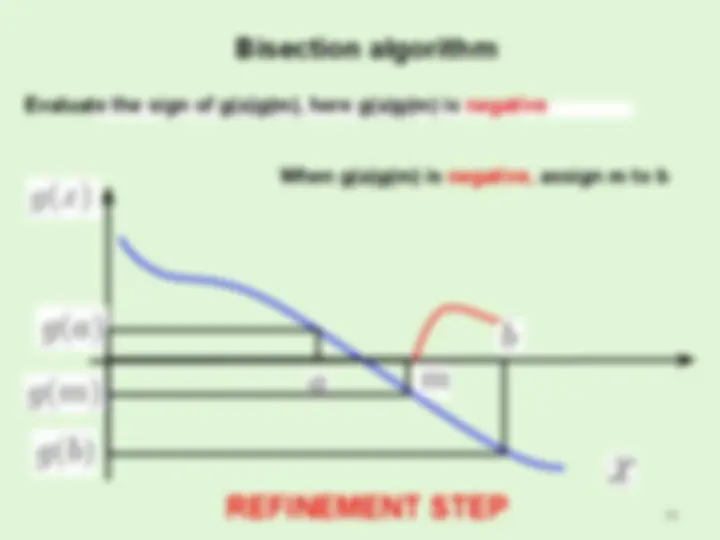
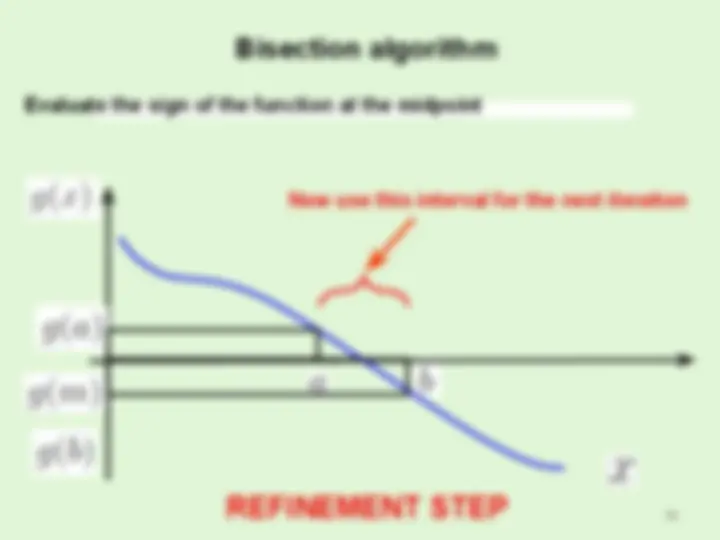
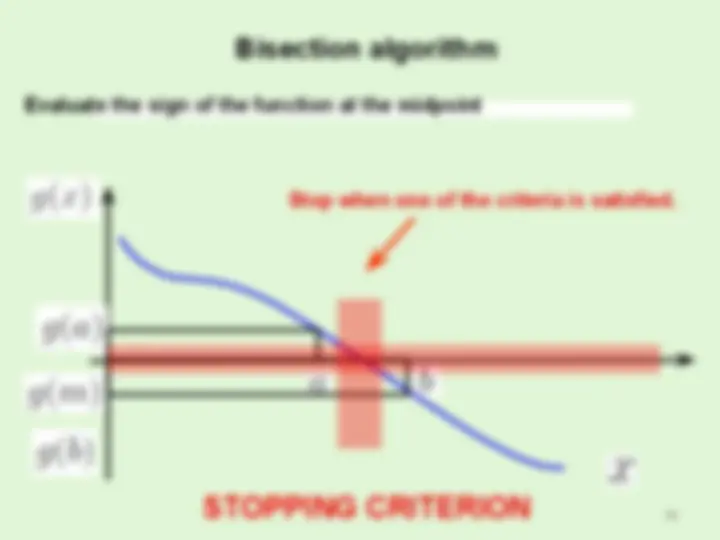
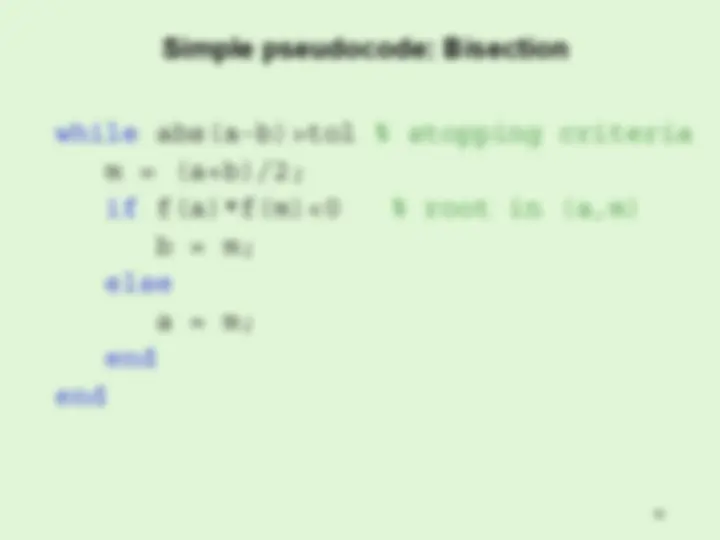

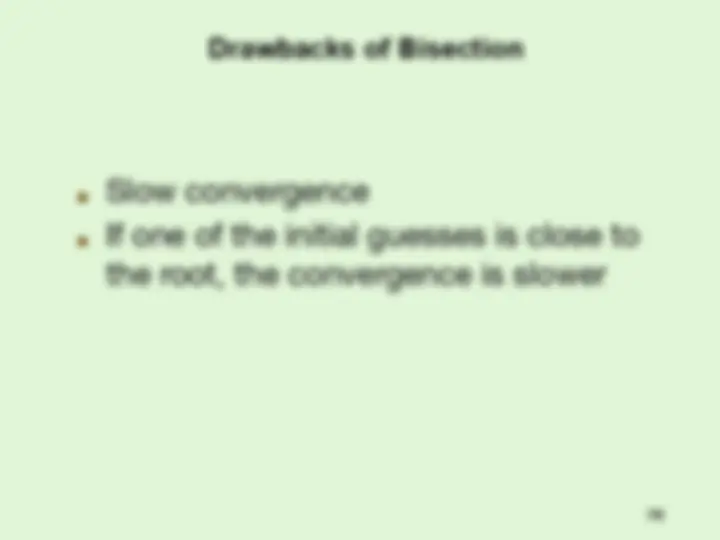
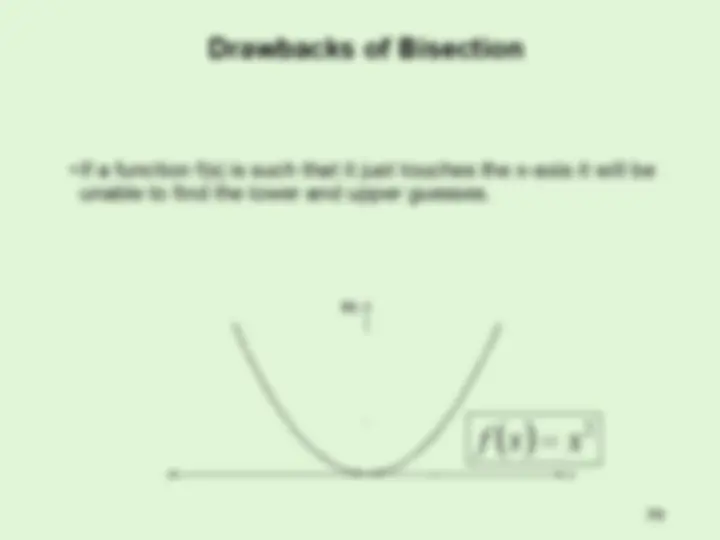
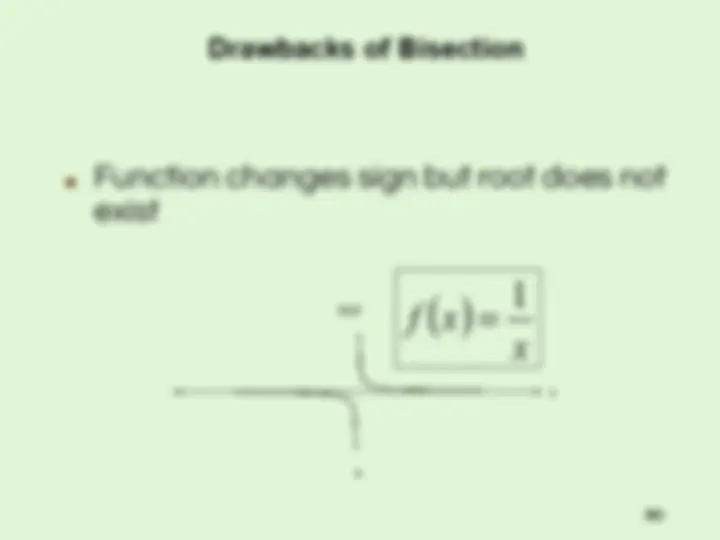
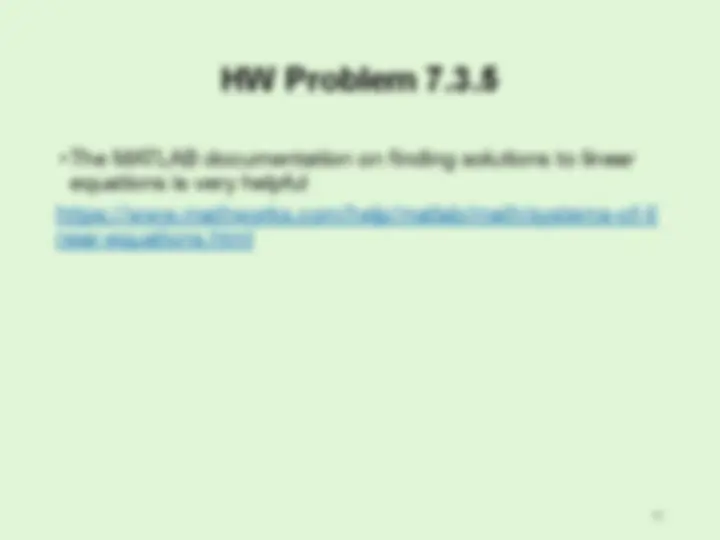


Study with the several resources on Docsity

Earn points by helping other students or get them with a premium plan


Prepare for your exams
Study with the several resources on Docsity

Earn points to download
Earn points by helping other students or get them with a premium plan
Community
Ask the community for help and clear up your study doubts
Discover the best universities in your country according to Docsity users
Free resources
Download our free guides on studying techniques, anxiety management strategies, and thesis advice from Docsity tutors
The basics of linear algebra, focusing on linear equations, vectors, length and dot product, matrices, matrix vector product, and matrix multiplication. It also discusses solving systems of linear equations and the importance of orthogonality. examples and geometric interpretations.
What you will learn
Typology: Study notes
1 / 81

This page cannot be seen from the preview
Don't miss anything!










































































Solving a system of equations involves finding a set values that allow all the equations to hold.
- This is not always possible
Examples
Linear Equations: y = mx + b
Disks in the plane (non-linear): (x - x0)^2 + (x - y0)^2 = r
m linear equations with n variables:
Can be written in matrix form where
Matrices - Review
Matrix Operations
Two matrices are considered equal if and only if every element in the first matrix is equal to every corresponding element in the second. This means the two matrices must be the same size.
Matrix addition and subtraction are performed by adding or subtracting the corresponding elements. This requires that the two matrices be the same size.
Scalar matrix multiplication is performed by multiplying each element by the same scalar
If A is an n-by-m matrix, and x is an m-by-1 vector, then the “product Ax ” is a n-by-1 vector, whose i’th component is
n-by-m^ =
m-by-1 n-by-
n-by-m =
m-by-1 (^) n-by-
By default the L2 (Euclidian) norm
The Dot Product equivalent to
where and are the lengths (L2 norm) of x and y, and is the angle between vectors x and y.
Remark: Derivation can be done in 2D: express x and y in polar form, and take the usual dot product
When applied to a unit vector the dot product is the length of the projection onto that unit vector, when the two vectors are placed tail to tail.
Ax can also be found via dot products
If A is an n-by-m matrix, and x is an m-by-1 vector, then the “product Ax ” is a n-by-1 vector, whose i’th component is